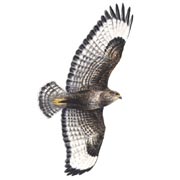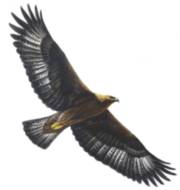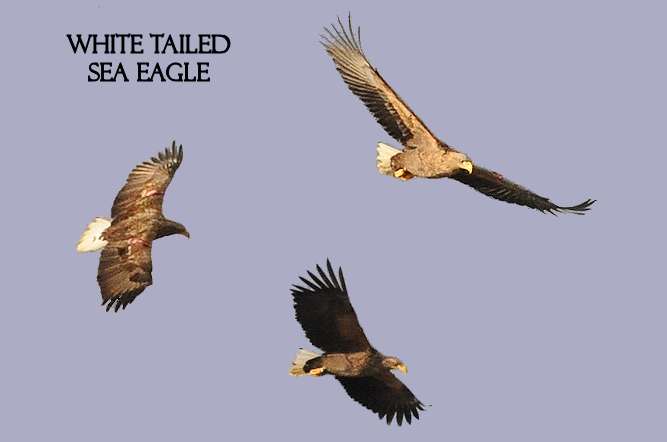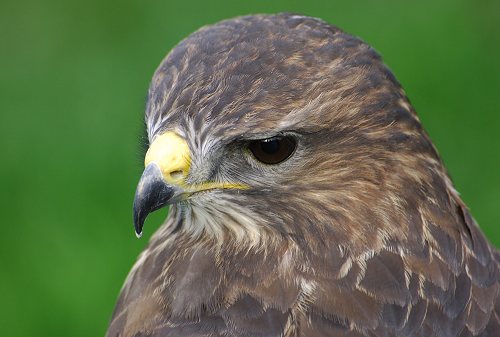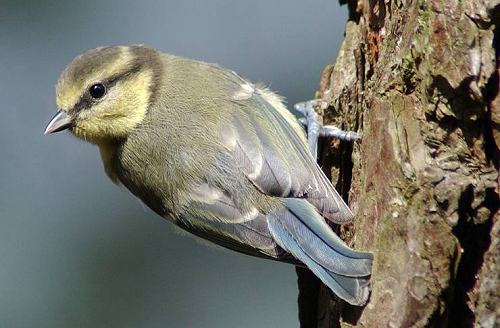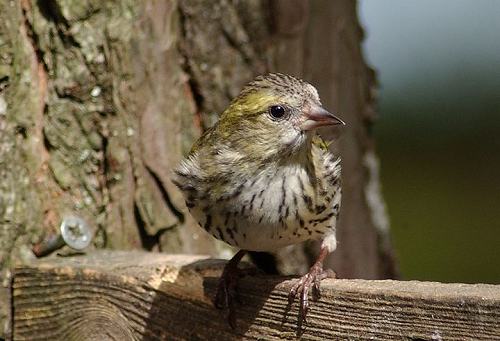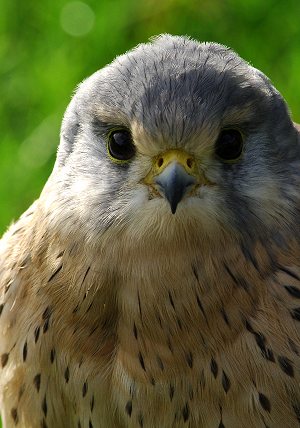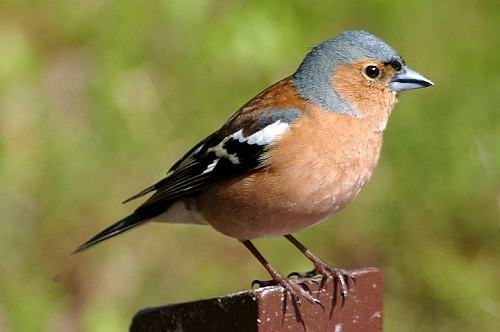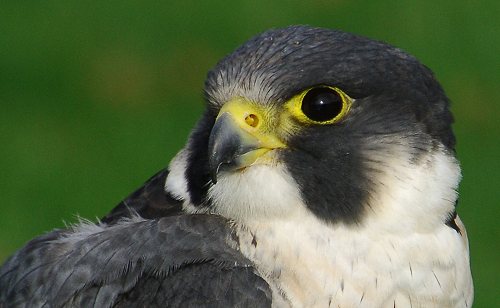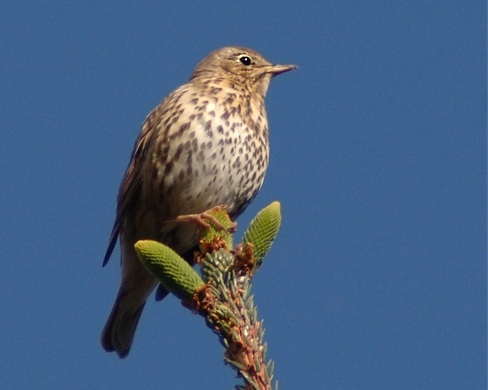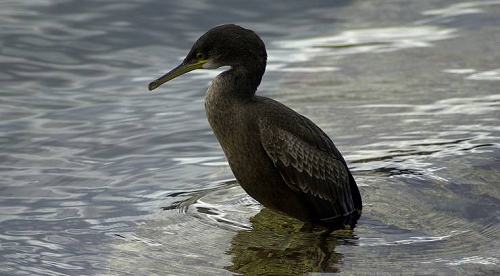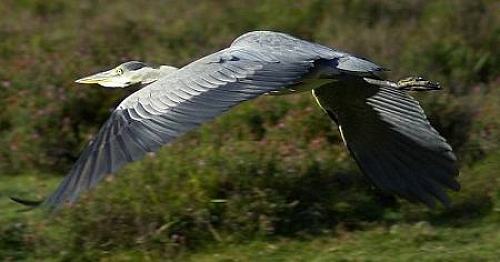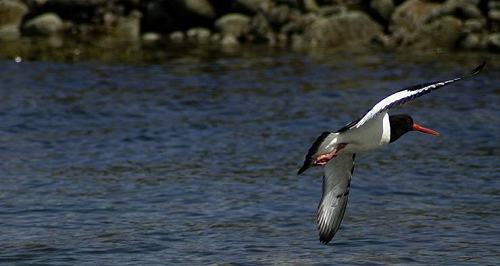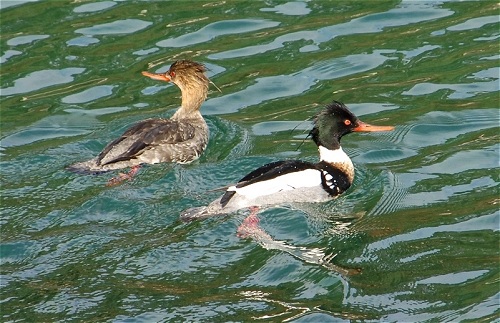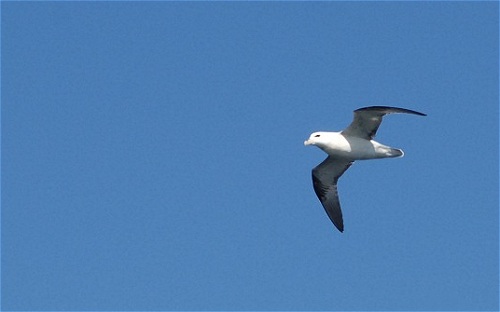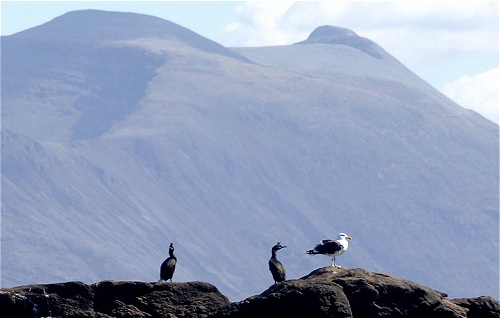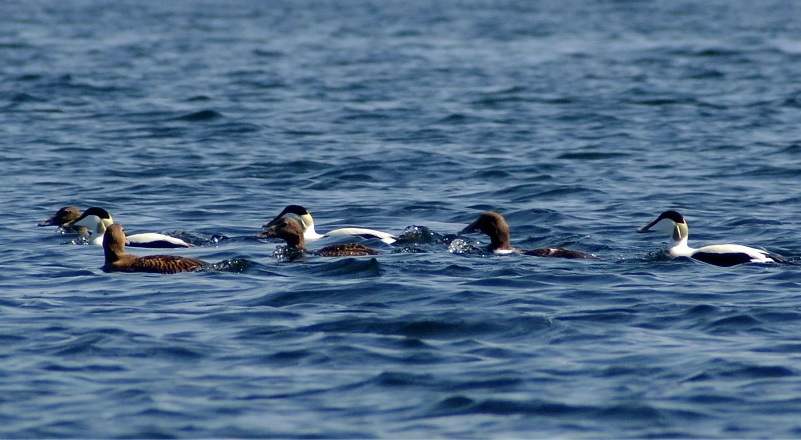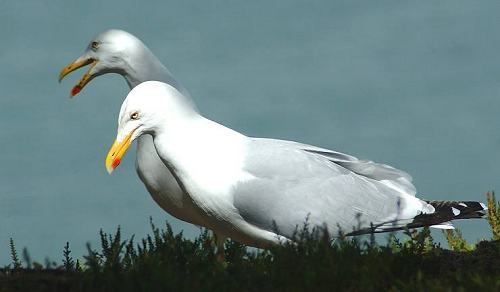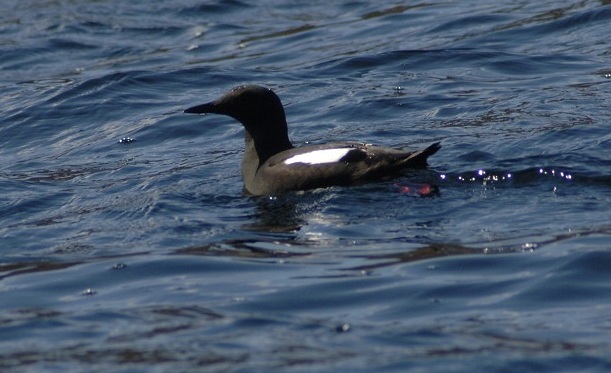|
Birds
to See For
people who are visiting to bird-watch in earnest, it is worth remembering
that the best time for this is between May and July. From mid-August
to 21st October, It
is also important to bear in mind that the midge season takes place
between the months of June and September. For further details of
midges, see elsewhere on this website. Any
trip to this area is likely to be made pleasantly memorable by the
sighting of birds that are common here. All that is needed is keen
observation, patience and a good pair of binoculars. A field guide
book is also a useful reference – as visitors often mistake Buzzards
for Golden Eagles. Identification of various sea birds can also
be a challenge.
Buzzard ...............................Golden
Eagle
The
woodlands hold limited but interesting bird communities, including
Buzzard, Sparrowhawk, Kestral, Great Spotted
Woodpecker, Collared Dove, Coal Tit, Goldcrest,
Long-tailed Tit, Blue
Tit, Wren, Siskin, Redpoll, Chaffinch and Crossbill all year, joined by Treecreeper, Redstart, Wood Warbler, Black Cap and Willow Warbler.
Blue Tit
At
night, you may hear the characteristic sounds of the
Tawny Owl. Research has even identified the presence of the
Long-eared Owl, native to large parts
of You
may be fortunate to see the Snow
Bunting foraging in Winter on the lowest
slopes and near the coast. Looking
upwards above the tree-line, you may see Golden
Eagle, occasional Merlin,
Peregrine Falcon, Raven
and Hooded Crow occur; there have even been
recent re-introduction of the rare
Small
numbers of Golden Plover, Ring Ousel, Twite, Wheatear
and Whinchat and Stonechat are present during the breeding season. You are often likely
to see the Meadow Pipit, and also the Skylark.
(These two are often confused; the Skylark has a pale margin to
the trailing edge of the wing which is absent in the generally darker
and leaner Pipit.) Also popular sights are the Mistle Thrush, the surprisingly uncommon Blackbird and the migrant Fieldfare. Red Grouse may be seen
on the moorlands while summits have small populations of Ptarmigan.
Certain
birds are likely to be seen on or by fresh water lochs. These include
the Red-throated Diver, Black-throated Diver,
Common Sandpiper, Greenshank, Dunlin, Snipe, Curlew, Dotterel and
Dipper. Along
the shores of the sea, you may see the Great
Northern Diver, Black-throated Diver, Red-throated Diver, Red-necked
Grebe, Little Grebe, Fulmar, Shag, Cormorant, Grey Heron, Shelduck,
Mallard, Scaup, Long-tailed Duck, Eider,
Common Scoter, Goldeneye, Red-breasted
Merganser, Smew, Oystercatcher, Ringed Plover, Turnstone, Dunlin, Knot,
Sanderling and Redshank. Cormorant
Oystercatcher
Red-breasted
Merganser
Fulmar
Shags
and a black backed gull
Eider
The
Laridae family often
seen include the Black-headed
Gull, Herring Gull, Lesser Black-backed Gull, Common Gull, Common
Tern, Arctic Tern and Little Tern. The
Razorbill, Guillemot and
Black Guillemot (members of the
Alcidae family) may also be observed.
Black
Guillemot
Some
birds may be seen to be passing through the area in Summer-time.
These include the Swift, Swallow, House Martin and Sand
Martin. A newly fledged Swallow |

